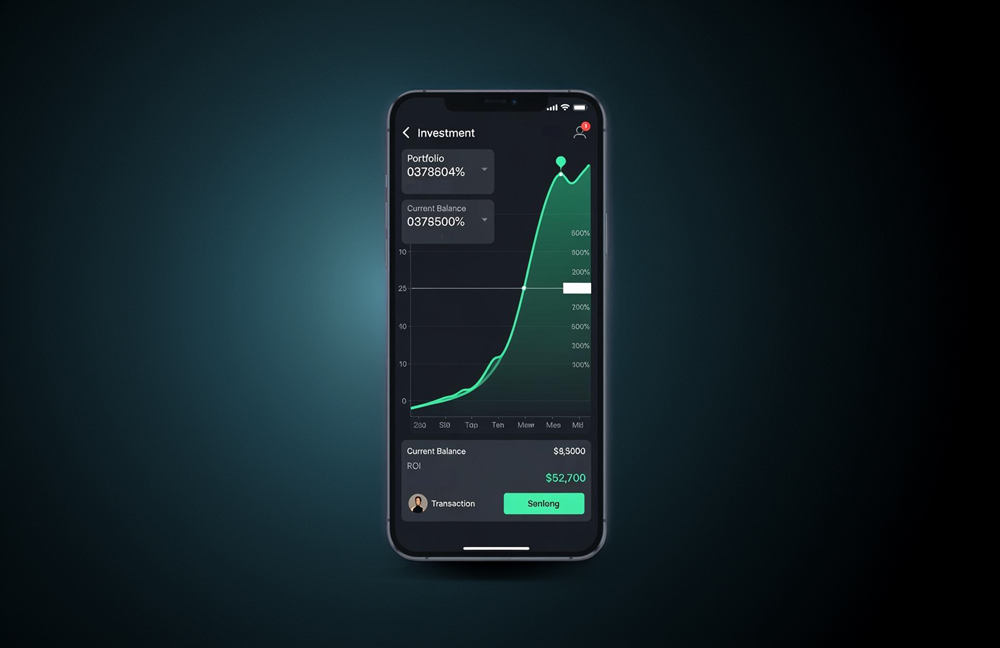Invest €250, get €40 monthly? Red flags to watch for in 2025 investments

€250. Not exactly a huge amount for the first investment in 2025. Now imagine being promised a return of €40 per day – that’s 480% monthly interest, or an eye-watering 5,840% annually. Tempting, right? The advisor sounds convincing, even comforting – the kind of voice you could fall asleep to. You’re one click away from confirming the payment. But wait – STOP! This moment could mark the beginning of a financial nightmare.
In a world where inflation is a constant threat, it’s natural to look for ways to preserve, or even grow, your savings. That urgency, however, makes us vulnerable. And scammers know it. They prey on fear and hope alike, baiting victims with promises of quick, effortless returns. Their schemes are slick, persuasive, and often hard to spot until it’s too late. This blog post will help you recognise the signs, avoid the traps, and stay one step ahead of today’s investment scammers.
Learn to spot the tactics scammers use
"Mожем перейти на русский?"
Vienas iš pavojaus signalų – kalba. Sukčiai dažniausiai kalbina potencialias aukas rusiškai. Tokiu būdu yra taikomasi į specifinę auditoriją – gebančius bendrauti šia kalba, dažniausiai vyresnio amžiaus žmones ar imigrantus.
One of the first red flags is language. Scammers often initiate conversations in Russian, aiming to connect with a specific audience – typically older adults or immigrants who feel more at ease speaking the language.
Just €250 to get started
Scammers rarely ask for large sums upfront. Instead, they suggest a modest, seemingly low-risk investment – often €200 or €300. This small amount feels safe and is meant to earn your trust. But make no mistake: it’s just the bait. Once you're hooked, they'll push for increasingly larger transfers, leading to potentially devastating losses.
"Watch your profits grow right before your eyes!"

That impressive investment chart looks convincing, doesn’t it? Unfortunately, it’s completely fake – generated by artificial intelligence. And scammers use the exact same tricks.
To win your trust, they might host remote meetings, share their screens, and show you "growing" investments – yours or those of other supposed clients. Sometimes, after your initial investment, they’ll even send back a small "profit" to keep you hooked. But don’t be deceived. This illusion of transparency is just smoke and mirrors – a calculated manipulation meant to lure you into investing more and more.
"We diversify through ETF funds"
Scammers expertly imitate the language of financial professionals, dropping jargon like "investing in the Japanese stock exchange", "buying ETFs", or "tracking the S&P 500 index" to sound credible. But beneath these fancy terms usually hides nothing but deception.
"This is our financial agent’s account"
You may have heard about an exciting investment opportunity, and now you’ve been given an account number to transfer your money. Before you proceed, double-check the recipient’s name carefully. If you’re asked to send funds to a private individual instead of a registered company, consider it a major red flag. Scammers often justify this by calling it a "financial agent’s" account, claiming it speeds up the transaction process. The truth is straightforward: licensed investment firms never request transfers to private accounts. Sending money this way is a fast track to losing it to scammers.
Investment companies must be licensed
Investment activities in the European Union are strictly regulated and require a valid license. Any investment offered without proper licensing isn’t a legitimate opportunity – it’s essentially handing your money over to scammers, with little to no chance of recovery. Always take the time to verify that the company is officially registered and listed in regulatory authorities’ databases before you invest.
Realise you’ve been caught in a scam? Act immediately
If this blog post has helped you recognise that you’ve fallen victim, the most important thing is to stay calm, but act fast and decisively. The very first step is to stop all further payments to the scammers immediately. They may try to persuade you that recovering your money requires one last "tax" or "insurance" payment – don’t fall for it. This is a common trick designed to drain your remaining funds. Next, contact your bank or payment provider right away. Alert them about the scam and request that any pending transactions be halted or reversed if possible. Finally, report the scam to the police without delay. File an official complaint and gather every piece of evidence you have – messages, transfer receipts, and any contact details of the scammers. This information is vital to help with the investigation.
Where to invest safely?

All investments come with some level of risk. But it’s important to distinguish between the natural ups and downs of the market and the far greater risk of sending money to scammers. If you’re looking for a secure, regulated environment that helps you avoid scams, trusted platforms are your best bet.
Paysera clients enjoy two outstanding opportunities right in the app to diversify their portfolios and grow their wealth:
Invest in InRento real estate projects. Whether it’s rental properties, short-term stays, co-living spaces, or hotels, you can put your money into tangible real estate investments.
Protect your savings by purchasing gold. Choose to securely store your gold coins and bars in our vaults or withdraw them whenever you want.
COMING SOON! Explore investing in personal loans through Paysera’s peer-to-peer lending platform.


